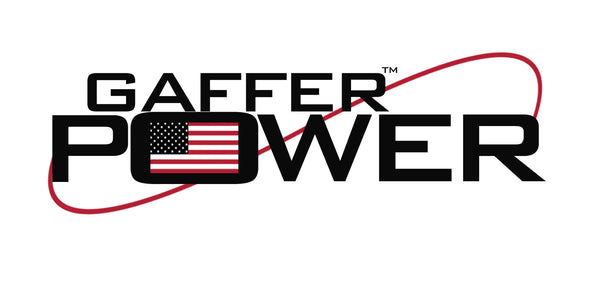 USA SHIPPING
USA SHIPPING MONEY BACK GUARANTEE
MONEY BACK GUARANTEE 1000+ HAPPY CUSTOMERS
1000+ HAPPY CUSTOMERS USA SHIPPING
USA SHIPPING MONEY BACK GUARANTEE
MONEY BACK GUARANTEE 1000+ HAPPY CUSTOMERS
1000+ HAPPY CUSTOMERSIs reflective tape waterproof?
Our vinyl reflective tape is weather resistant, meaning it is great in all weather. It won’t fade in the sun, nor peel off in heavy rain. However, it is not intended to waterproof something like a torn canopy. For the best waterproof tape, considering a flex seal type tape instead.
How do I apply reflective tape?
Ensure that the surface you would like to tape is as clean and dry as possible — this will give the tape the best chance of sticking. Measure before you snip a strip off of the roll to reduce waste. Our reflective tape can be used on a variety of surfaces, including metal, fabrics like nylon and cotton, and plastic.
How can I tape my bike?
Using reflective tape on your bike is a great way to complement other reflectors. You can tape strips along your spokes, frame and helmet to ensure that you are seen by traffic when biking at night. Mudguards are also a good place for reflective strips.
How can I remove reflective tape?
How you remove reflective tape will depend on the surface. When applied to most fabrics, the tape will be able to peel away with some careful tugging. On a harder surface like metal, you may need to use a blade of sorts to slide underneath the edge of the tape before peeling away. You may need some solution like Goo Gone or WD40 if there is any leftover adhesive from prolonged use.
Where should I put reflective tape on a trailer?
For commercial vehicles, there may be federal, state or local guidelines for the sides, rear (upper and lower) of the trailer. Make sure you’re aware of all regulations. If there are no guidelines, putting tape along the side edges in an evenly spaced pattern of strips, as well as along the back side, will increase visibility while on the road.
What Can I Do With Leftover Reflective Tape?
Somehow, reflective tape seems to just make its way into your home. You might have a roll in the garage, one in your junk drawer, maybe another in the back of your car. If you’re trying to get some spring cleaning in and you want to consolidate your supplies, your reflective tape shouldn’t be seen as a waste of space; its versatility and durability make it an essential to have on hand.
If you still want to try to reduce the amount you have, put the tape to work! Reflective tapes are produced with the elements in mind, making it easy to use indoors or out, no matter the weather.
How does reflective tape work?
Reflective tape, also known as retroreflective tape, works by reflecting light back to its source. It is made up of millions of tiny glass beads or prisms that are arranged in a specific pattern that allows light to bounce back towards its source. When light hits the tape, the glass beads or prisms in the tape reflect the light back towards the light source, making the tape appear bright and visible. This is why reflective tape is commonly used on clothing, vehicles, and other items that need to be seen in low light conditions.
Where to put reflective tape on trailers?
Reflective tape should be placed on trailers in a few key locations. The tape should be placed on the rear of the trailer, along the sides, and on the front of the trailer. The tape should be placed in a way that it is visible from all angles and from a distance. The exact placement of the tape may vary depending on the size and shape of the trailer, but generally, it is a good idea to follow the guidelines set forth by the Department of Transportation (DOT).
How to reflective tape a jacket?
To apply reflective tape to a jacket, follow these steps:
